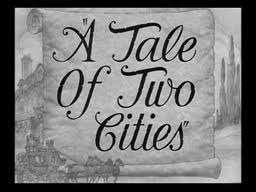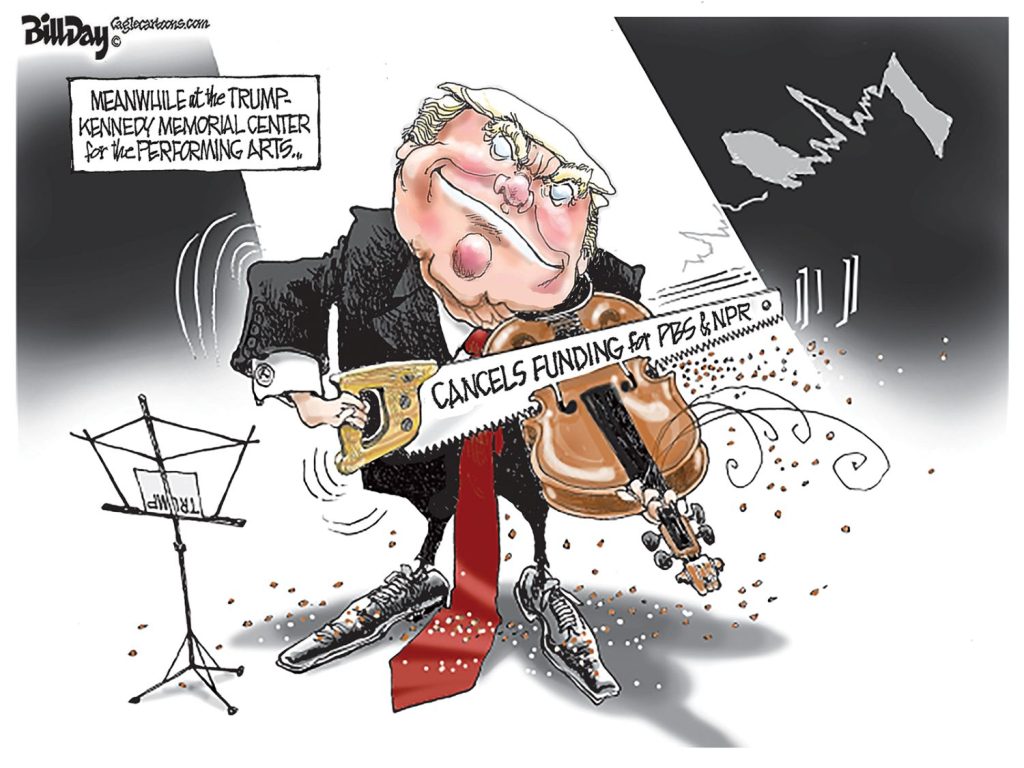It’s a tale of two cities, and only a short drive is needed to come face-to-face with the telling.
In Nashville, the drive takes you to Williamson County, the 11th wealthiest county in the U.S., with a median family income that’s about $100,000. Four nearby counties shatter the $55,000 mark.
Outside of Fulton County, Atlanta has five counties with median family incomes of more than $60,000, peaking with Fayette County’s $85,794 and Cobb County’s $77,447. In Indianapolis, Marion County gives way to Hamilton County and its $90,119 median family income. Three others top $55,000.
A Red Flag
Here, things are different. The other counties in the Memphis metro do nothing to improve income and education levels, raising a red flag for companies evaluating the region for new operations and investments.
Shelby County is ranked 200th in median family income, and in its Metropolitan Statistical Area, only DeSoto County manages to eke out over $50,000.
Meanwhile, 19.2 percent of Shelby Countians do not have a high-school degree and 25.3 percent have at least 16 years of education. That compares to 26.3 percent and 12.4 percent respectively for the other metro counties.
More Talk Than Walk
It’s a troubling reality, particularly in light of a decade’s worth of talk – and little walk – about the importance of the region.
Five years have passed since the Memphis Regional Chamber released the Memphis Region Sourcebook, the product of more than two years of work and costing almost $500,000. Intended to give form to the Governors’ Alliance on Regional Excellence, the unique tri-state organization cheerleading the report, its 27 oversized pages of gripping graphics, key facts, an inventory of assets, and recommendations are artifacts of a flirtation with regional thinking.
That’s too bad, because the report went to great lengths to identify opportunities for the region to learn how to work together on issues every one should care about: air and water quality, farmland preservation, heritage tourism, transportation, and workforce development. It was always hoped that the experience on these issues would inspire confidence to tackle the really tough ones — think taxes.
Smart Taxes
More and more, some kind of regional tax pooling makes sense here. Without it, Memphis and Shelby County will inevitably be forced to take unilateral action like a payroll tax on the 88,000 people who commute into Shelby County.
Despite all conventional wisdom to the contrary, cities like Portland, Minneapolis, and Denver have actually used regional taxes as a way to unify their regions, and here, it could delight commuters by taking the payroll tax off the table as an option for city and county governments’ ailing finances.
The existing tax structure is outdated and unfair, treating each jurisdiction as if it’s self-contained and its interests are walled off from its neighbors. There’s no connection between who uses roads, arenas, and museums, and who pays for them.
A Better Way
With no rationality and no imperative for regional cooperation, multiple jurisdictions claw for more of a finite tax pie, as Collierville did in pursuing a huge shopping center to get the huge sales taxes that came with it, and in the process, fueling sprawl and commercial zoning designed to create optimal taxes, rather than the optimal community.
In Minneapolis, where the suburbs subsidized the central cities 30 years ago, that situation was reversed when older suburbs were in decline and needed help. Governments put 40 percent of the growth of their commercial and industrial property tax base into a regional pool, and from it, several hundred million dollars a year are redistributed on regionwide priorities like public transit and light rail, parkland, water quality, and smart growth.
In Portland, a three-county, 24-city regional agency makes land use and trans-portation decisions and helps pay for regional services like the convention center, performing arts center, stadium, exposition center, and regional parks. In Denver, seven counties and 31 cities agreed to a regionwide sales tax to pay for light rail.
Future-Sharing
The Mid-South has the muscle to get it done. The Sourcebook called for creation of the Regional Congressional Caucus, which would take advantage of the Mid-South’s six U.S. senators and six congressmen inside the Beltway, and the Mid-South Legislative Caucus to fight for shared priorities in the capitals of Tennessee, Arkansas, and Mississippi.
Challenges to the Memphis region are no respecters of state or county lines — an aging workforce, too few 25- to 34-year-old workers, low educational attainment, racial divisions, and unsustainable sprawl. Sadly, there’s a sense in the region outside Memphis that if the future of the city is about a middle-class exodus, entrenched poverty, and hollowed out, deteriorating neighborhoods, that is Memphis’ problem, not theirs.
It’s what psychiatrists call “magical thinking” with little connection to reality. There’s nothing magical about the fact that regions are the competitive units for the new economy, and without a stronger regional platform, any economic growth plans for any part of the region are in jeopardy before they even begin.
But it’s often forgotten here that there is no strong regional platform without an equally strong urban core. Too often, regionalism ends up being an olive branch held out by the largest city to the rest of the region, but sadly, it is often unreciprocated. The region can talk the talk of regionalism, but there’s little change in behavior (think North Mississippi’s recruitment of Memphis companies across the state line and the sprawl-inducing I-269 interstate).
Future Shock
In other words, it’s time to understand that there is no such thing as a bright future for Germantown if Memphis doesn’t have one. There is no such thing as DeSoto County’s succeeding if Memphis fails.
This was previously posted in 2009.





As noted, Collierville’s approval of Carriage Crossing was based on an age old approach to land use patterns in the Memphis area. The quest to capture the greatest share of the sales tax generated in the region due mainly to our overdependence on sales tax at both the state and local level. If anyone questions why the ratio of retail square footage per person is far higher in Memphis than it is nationally, look no further than that fact. It simply reaffirms a conversation I had with Mayor Goldsworthy of Germantown many years ago. When asked why Germantown approved the massive retail developments at Forrest Hill, Germantown Road (at the Wolf River) and several other locations as opposed to creating a more defined central business district for the town, the response was enlightening. Germantown was purposely approving the development of far more retail than the population could support at present or in the near future as close as possible to its municipal limits to capture not only sales tax revenue within its own districts but from neighboring municipalities as well. It is basically open warfare between our various municipalities where land use is concerned.
I am positive I am being overly simplistic, but the idea of shared tax resources could be a truly innovative and balanced approach to curbing sprawl. If a methodology of sharing sales tax revenue among the various local municipalities could be created , perhaps a more balanced approach to its development and location could be arrived upon. The location of major retail destinations could be placed where they make sense and are compatible with desired development patterns as opposed to where they will make town X the most money.
You’re right. It’s all a fight for sales tax and it’s done at the expense of smart land use and smart public policy. There is no sales tax in Portland and as a result, it has the lowest percentage of big box and national retailers and a greater percentage of home-grown companies.
Shared tax revenues has worked in a number of locations, including Minneapolis and Louisville (pre-consolidation) and it is the long-term equitable action to take.
If you had a conversation with Sharon, “Many years ago”, how did you do that, if you already stated you moved to Memphis only two years ago from NYC ?
Isn’t it really true that you actually LIVED in Memphis TN for a long time, and this is not your first time LIVING in Memphis as you seemed to represent ?
So how long have you really lived in Memphis, TN fella ??
Inquiring minds want to know….lol….